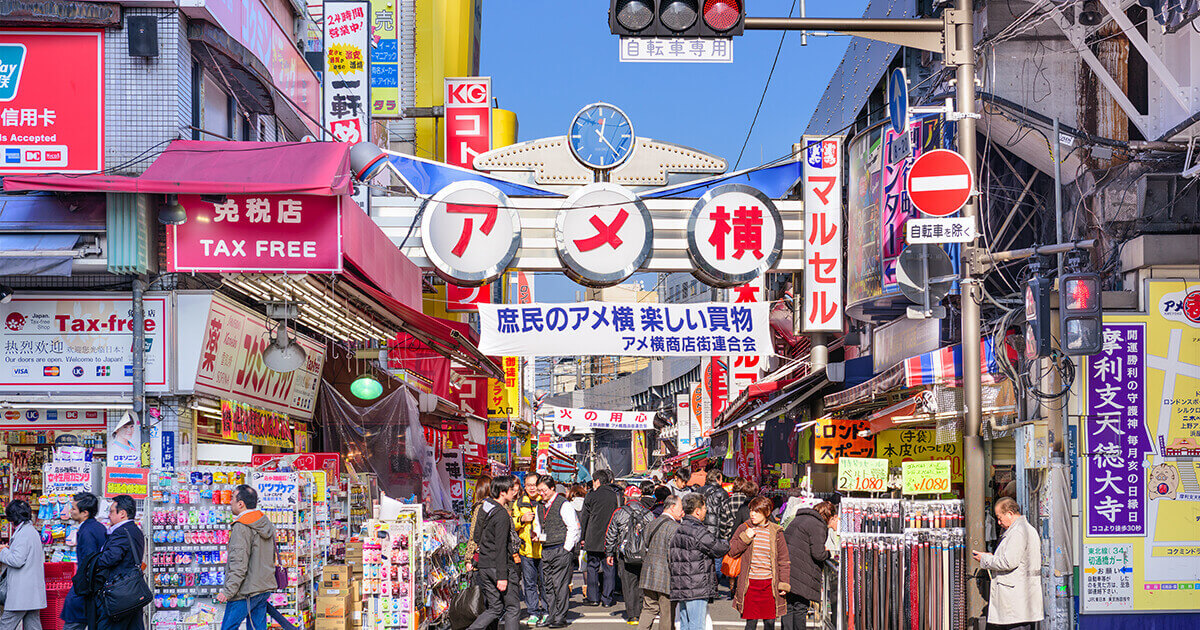
I learned that ‘Thank you’ is “Arigatoo gozaimasu”, but when I travelled to Japan, I often heard
“Arigatoo gozaimashita”…
Answer by Japanese teacher

(1) Arigatoo gozaimasu(ありがとうございます)
Thank you (for what you have just done or will do for me).
(2) Arigatoo gozaimashita(ありがとうございました).
Thank you (for what you did for me in the past).
Explanation
“-masu(〜ます)” and “-mashita (〜ました)” are Japanese suffixes that represent “tense”.
Understanding the role of these suffixes can help you understand the differences between words like “Arigatoo gozaimasu” and “Arigatoo gozaimashita”.
- -masu(〜ます): Current tense and future tense
- -mashita (〜ました): Past tense
“Arigatoo gozaimasu(ありがとうございます)” is used when you appreciate something done just before, or something to be done in the future.
Situation: When talking to your colleagues
【English】
Waitress: Here is your coffee.
You: Thank you〔current tense〕.
【Japanese】
Waitress: Coffee o Dozo. コーヒーをどうぞ。
You: Arigatoo gozaimasu. ありがとうございます。
Situation: When talking to your colleagues
【English】
Colleague: I will send it to you by post tomorrow.
You: Thank you〔current tense〕.
【Japanese】
Colleague:Asu, Yubin de Okutte oki masu.
You: Arigatoo gozaimasu. ありがとうございます。
“Arigatoo gozaimashita(ありがとうございました)” is used when you appreciate something that was done in the past.
“Arigatoo gozaimashita(ありがとうございました)” is often used with expressions that represent the past such as “Senjitsu wa Arigatoo gozaimashita(Thank you very much for the other day、
Situation: The morning after my senior treated me a meal
【English】
You: Good morning. Mr. ○○○ (senior), thank you〔past tense〕 for yesterday. It was delicious.
Senior: My pleasure, let’s go again.
【Japanese】
You: Ohayoo gozaimasu. Senpai, kinoo wa arigatoo gozaimashita. Mata tsurete itte kudasai. おはようございます。
Senior: Ieie, mata issyo ni iko. いえいえ、また
That’s all for the difference between “Arigatoo gozaimasu.” and “Arigatoo gozaimashita”.
Thank you for checking out this article!
There are other ways to say “thank you” as well. For more information about how to say Thank you in Japanese, check out this link:
Arigatoo is a fast way of saying "thank you" in Japanese. But do you know that there are many ways of saying "thank you"? And do you also know that these different ways target different people for different occasions? Let's find out more!







